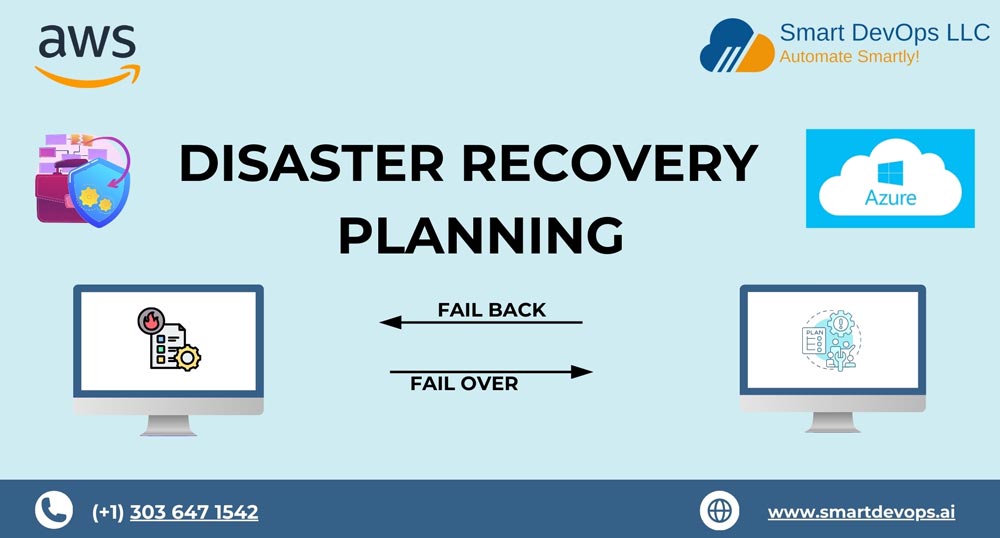
Introduction 🚀
Ensuring continuity of operations in the face of potential disasters or disruptions is a critical priority for modern businesses. Cloud providers like AWS (Amazon Web Services) and Azure (Microsoft Azure) offer comprehensive tools and strategies for implementing effective failover and failback mechanisms to protect your valuable workloads. Let's explore how these platforms can fortify your disaster recovery strategy.
Understanding Failover and Failback
Failover: This refers to the process of automatically shifting operations from a primary environment to a secondary (or backup) environment when the primary site encounters an issue. The goal is to minimize downtime and maintain service availability.
Failback: After the primary environment is restored, failback involves returning operations from the secondary site back to the primary site smoothly and efficiently.
AWS Disaster Recovery Strategies
AWS Backup 🕵️
Centralized backup service for automating and managing backups across AWS services.
Amazon Elastic Compute Cloud (EC2) Auto Recovery 🔄
Automatically recovers failed EC2 instances for enhanced resilience.
AWS Elastic Disaster Recovery (EDR) 🔍
Orchestrate multi-region failover and failback using AWS services like Route 53 and Lambda.
AWS Availability Zones and Regions
1️⃣ Multi-AZ Deployments
Deploy applications across multiple Availability Zones (AZs) within a region for high availability.
2️⃣ Multi-Region Architectures
Distribute resources across different AWS regions to withstand regional failures.
Azure Disaster Recovery Strategies
Site Recovery Vaults
Manage disaster recovery plans and replication settings for Azure VMs and on-premises machines.
Azure Traffic Manager
Route traffic to healthy regions or endpoints during a disaster.
Azure Backup
Securely backup data to Azure and restore it as needed for recovery purposes.
Azure Availability Zones and Geographies
Azure Availability Sets:
Group VMs to ensure high availability within an Azure datacenter.
Azure Regions:
Deploy resources across multiple Azure regions to maintain business continuity during outages.
Implementing a Comprehensive Disaster Recovery Plan
Assessment and Risk Analysis:
Identify critical applications and data, assess potential risks, and define recovery objectives (RTO and RPO).
Designing Resilient Architectures
Leverage AWS and Azure's availability features to design fault-tolerant and scalable architectures.
Automated Replication and Backup
Implement automated replication of critical data and configurations across regions or data centers.
Partner with Smart DevOps LLC
At Smart DevOps LLC, we specialize in AWS and Azure cloud consulting services and DevOps solutions. Let us assist you in crafting a robust disaster recovery plan tailored to your organization's needs. Our team of experts can guide you through implementing failover and failback strategies using AWS and Azure services.
Ready to strengthen your disaster recovery strategy? Contact us today for a consultation and ensure your business remains resilient in the face of unforeseen events with AWS and Azure cloud solutions.
Disaster recovery planning is not just about mitigating risks—it's about safeguarding your business's future. Embrace the power of cloud technologies to protect your operations and maintain continuity in an increasingly digital world.
